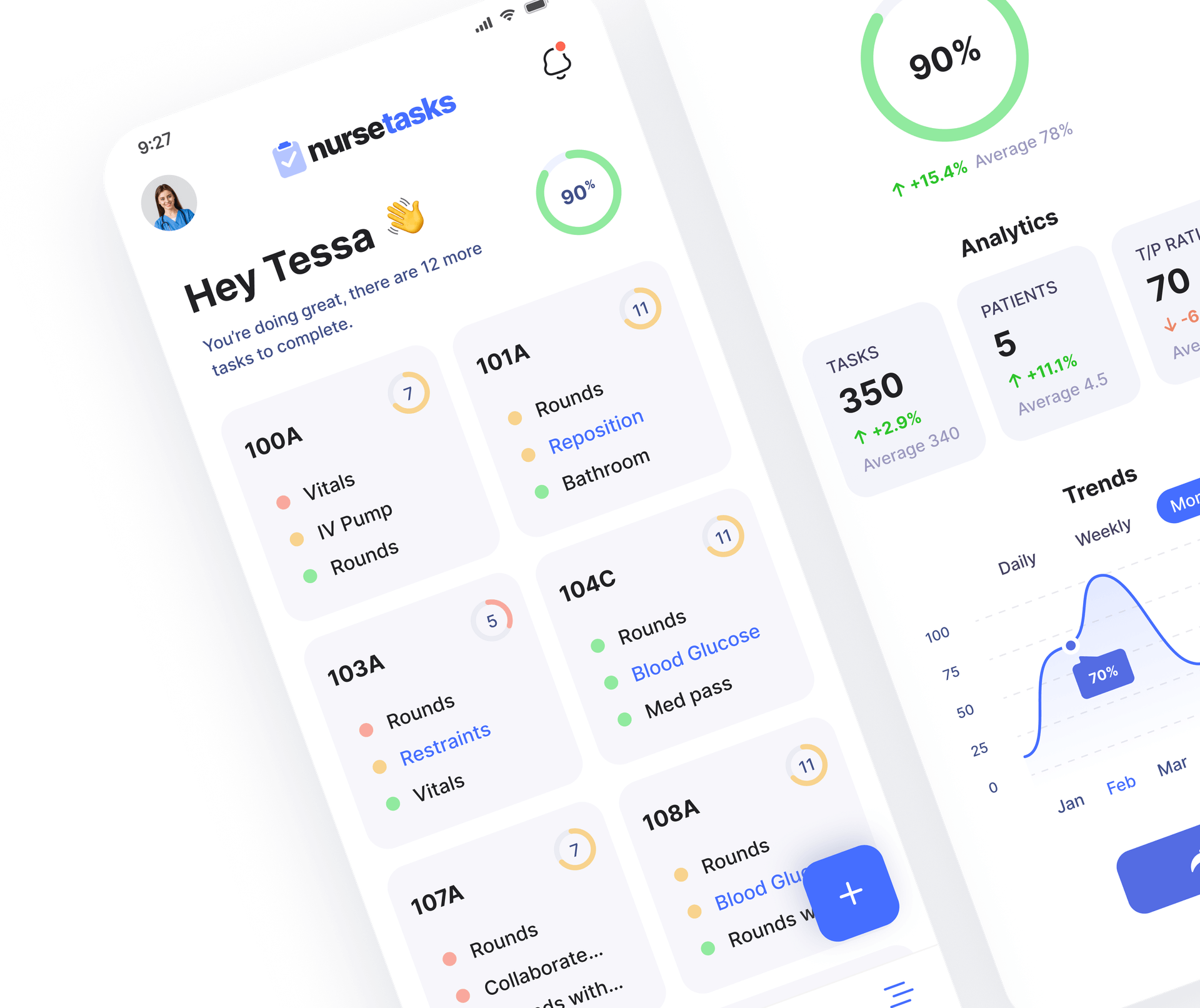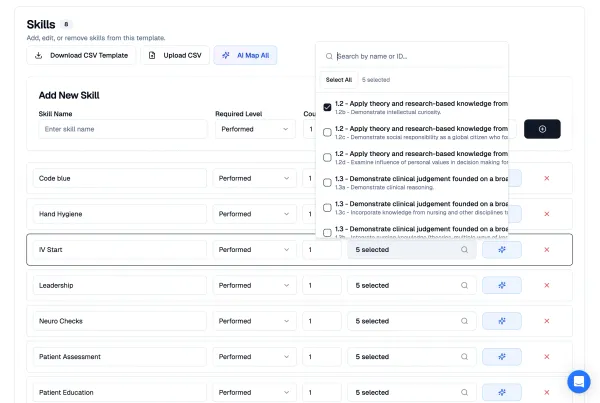How to Give an Effective Nursing Report: A Comprehensive Guide

Giving a nursing report is a critical task that ensures continuity of care, patient safety, and effective communication between healthcare professionals. Whether you're a seasoned nurse or just starting in the field, mastering the art of giving a thorough and concise nursing report is essential. This guide will walk you through the best practices for delivering a high-quality nursing report, ensuring that you provide the necessary information clearly and effectively.
1. Understanding the Purpose of a Nursing Report
The primary goal of a nursing report is to transfer essential information about a patient's condition, treatment, and progress from one nurse to another during shift changes. A well-delivered report ensures that the incoming nurse is fully informed and can continue providing appropriate care without missing critical details.
2. Preparing for the Nursing Report
Preparation is key to giving a smooth and comprehensive report. Here’s how to prepare:
- Review Patient Records: Before starting your report, review the patient’s chart, medication list, and any recent lab results or imaging studies. Ensure that all documentation is up-to-date.
- Organize Your Thoughts: Jot down notes on each patient to ensure you cover all necessary points. Use a standardized format, such as SBAR (Situation, Background, Assessment, Recommendation), to keep the report organized.
- Update the Care Plan: Make sure that any changes in the care plan are documented and will be included in your report.
3. Using the SBAR Format
The SBAR method is a widely accepted framework for delivering nursing reports. It helps structure the information in a way that’s easy to follow and understand. Here’s how to use SBAR:
- Situation: Start with the patient’s name, room number, and the reason for their admission or current status. Briefly describe the situation that requires attention.
- Background: Provide relevant medical history, including diagnoses, allergies, and any recent procedures or treatments.
- Assessment: Share your clinical assessment of the patient, including vital signs, lab results, and any notable changes in condition.
- Recommendation: Offer your recommendations for ongoing care, including any follow-up actions, pending tests, or medications that need to be administered.
Free Report Sheet Downloads:

4. Key Elements to Include in Your Report
To ensure your report is comprehensive, make sure to cover these essential elements:
- Patient Identification: Start with the patient’s full name, age, gender, and room number.
- Diagnosis and Admission Information: Mention the primary diagnosis, any secondary diagnoses, and the date of admission.
- Vital Signs and Assessments: Include the latest vital signs, pain assessment, and any other relevant findings (e.g., neurological status, respiratory function).
- Current Treatments: Discuss the medications administered, IV fluids, oxygen therapy, wound care, and other ongoing treatments.
- Recent Changes: Highlight any changes in the patient’s condition, treatments, or lab results during your shift.
- Pending Orders and Tests: Inform the incoming nurse of any tests that are pending or treatments that need to be carried out.
- Special Considerations: Mention any patient-specific details, such as allergies, isolation precautions, or dietary restrictions.
5. Effective Communication Tips
The way you deliver your report is just as important as the content. Here are some communication tips to enhance your report:
- Be Clear and Concise: Avoid unnecessary details or jargon. Stick to the facts and keep your report focused.
- Use Active Listening: Encourage the incoming nurse to ask questions or seek clarification if needed. Active listening ensures both parties are on the same page.
- Maintain Professionalism: Stay calm and professional, even if the situation is stressful. Your demeanor can influence how the report is received.
6. Common Pitfalls to Avoid
To ensure your report is as effective as possible, avoid these common mistakes:
- Being Disorganized: A disorganized report can lead to confusion and missed information. Stick to a structured format like SBAR to keep your report on track.
- Overloading with Information: While it’s important to be thorough, avoid overwhelming the incoming nurse with too much information. Focus on what’s most relevant to patient care.
- Neglecting to Follow Up: If there are critical issues that require follow-up, make sure to emphasize these points in your report.
7. The Importance of Continuity of Care
A well-delivered nursing report is crucial for ensuring continuity of care. It allows the incoming nurse to pick up where you left off, minimizing the risk of errors and enhancing patient outcomes. By mastering the art of giving a nursing report, you contribute to a safer and more efficient healthcare environment.
Giving a nursing report is an essential skill that directly impacts patient care and safety. By preparing adequately, using a structured format like SBAR, and focusing on clear and concise communication, you can ensure that your reports are both comprehensive and effective. Practice these tips and continuously refine your reporting skills to become a more competent and confident nurse.





